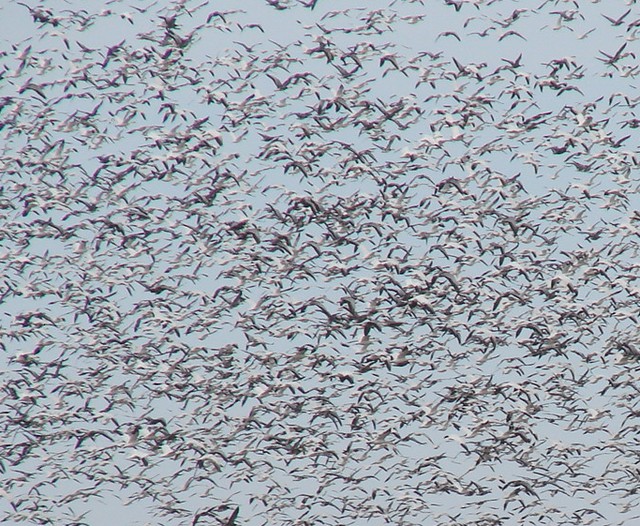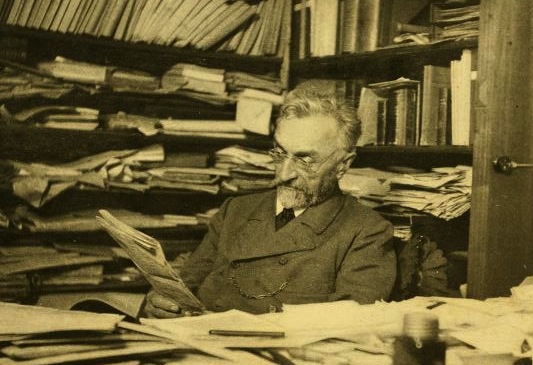Kenn Kaufman has just published an essay about the notion of the “flyway.” Highly recommended, and as such things do, that piece got me wondering.

Who came up with the crazy idea — Kaufman rightly calls it “mostly imaginary” — of highways in the sky?
It turns out that the concept is significantly older than I had assumed. In 1876, sixty years before Lincoln’s Waterfowl Flyways of North America, the Finnish scientist Johan Axel Palmén published his Zugstrassen der Vögel, in which he described nine flyways — “migratory roads” — purportedly kept to by the birds of Eurasia as they moved each year between the breeding grounds and their winter homes.
The response came in 1881, in E.F. von Homeyer’s Wanderungen der Vögel. Homeyer pulled no punches, accusing his Finnish colleague of everything from harboring fixed ideas to plagiarizing his sources. He concludes that
obviously, Palmén’s conclusions are as false as his putative facts…. indulges in such vague theorizing, entirely without any basis in evidence, that we see no reason to follow him into the field of unmotivated speculation.
Charles Sibley sums up Homeyer’s alternative view:
migratory birds merely [follow] a definite direction and … the members of a given species pass through Europe on a broad front…. the “flyways” of Palmén were the result of birds being forced together into narrow flight lines in mountain passes or other topographic features.
A hundred thirty-two years later, I think that’s how most birders think about migration — and how we think about migration hotspots. But as Kenn Kaufman points out, the idea of the flyway has enjoyed lasting popularity among non-birders and game managers, almost none of whom, I’d guess, know quite how old it is.


